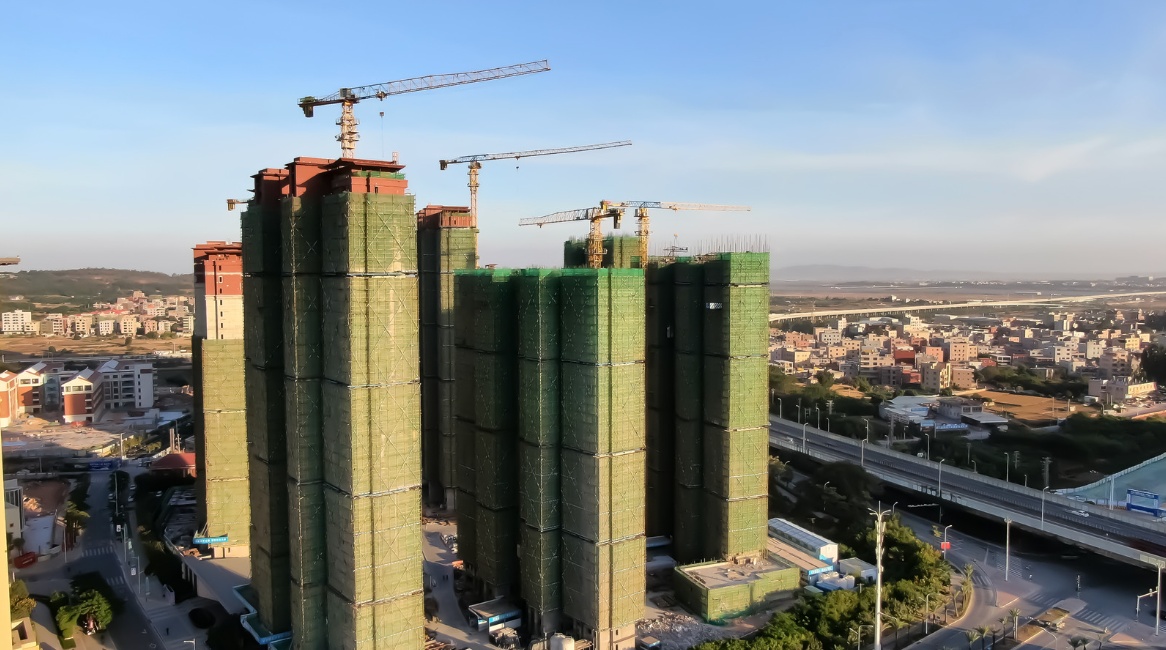Shifts in the US Commercial Real Estate Market in 2024
The US commercial real estate market has experienced considerable changes in 2024, influenced significantly by evolving work trends, challenges faced by retail sectors, and the consistent growth of logistics. With the acceptance of hybrid work models becoming more prevalent, property utilizations are undergoing transformations that prioritize flexibility and innovative approaches. This article delves into the key developments within the market throughout the year, making sense of how these various sectors are adapting to the changing economic landscape.
Impact of Hybrid Work on Office Spaces
One of the most notable impacts on commercial real estate in 2024 is the effect of hybrid work policies on office spaces. Major cities, including San Francisco and New York, are grappling with vacancy rates soaring into the double digits, particularly in older office buildings. Companies increasingly favor long-term hybrid strategies, allowing employees the flexibility of working in both office environments and remote locations. Consequently, demand for traditional office spaces has diminished, urging landlords to rethink their property portfolios.
In contrast, modern buildings that feature collaborative technologies and wellness-oriented facilities are witnessing increased interest from tenants. Businesses are seeking workspaces that can facilitate teamwork and provide their employees with comfortable and health-conscious environments. In response to market demands, many property owners are investing in upgrades, ensuring their offerings align with contemporary expectations.
Adaptive Strategies of Landlords
As a response to the changing landscape of office demand, landlords are embracing adaptive strategies to maintain their revenue streams. A significant trend is the transformation of underused office buildings into mixed-use developments. These revamped properties often incorporate residential units alongside commercial spaces, allowing landlords to diversify their income sources and simultaneously cater to the growing need for residential housing in urban areas.
This shift not only provides a sustainable solution for landlords facing high vacancy rates but also contributes to community development by creating integrated spaces that enhance urban living. The conversion of office buildings into multifunctional properties exemplifies a proactive approach to real estate management amid challenging economic conditions.
The Retail Sector’s Challenges and Innovations
Like the office sector, retail spaces are also navigating significant pressures largely due to online shopping dominance. With e-commerce continually drawing consumers away from traditional brick-and-mortar locations, shopping centers are finding it increasingly difficult to attract foot traffic. To counteract these trends, retail spaces are experimenting with newer tactics aimed at revitalizing their offerings.
In 2024, many shopping centers have begun hosting entertainment events, pop-up shops, and cultural programming aimed at encouraging more visitors. These initiatives are intended to create community-focused experiences that draw in diverse groups while also stimulating local economies. By redefining the shopping experience, retail centers are working to reclaim their positions at the heart of community life.
The Resurgence of the Industrial Sector
On a more positive note, the industrial sector is experiencing a remarkable resurgence, significantly outperforming other commercial real estate categories. The explosion of online shopping, coupled with evolving supply chain requirements, has led to heightened demand for warehousing and distribution centers. Cities such as Dallas and Atlanta have emerged as key investment hubs, benefiting from the rapid growth of logistics infrastructure.
Investment in industrial properties reflects broader patterns within the economy, as businesses adapt and scale to meet consumer needs. As e-commerce solidifies its position at the forefront of retail, industries focused on logistics will likely remain critical players in the commercial real estate landscape.
Looking Toward 2025: A Continued Focus on Flexibility and Innovation
As the commercial real estate market progresses into 2025, the focus on flexibility and innovation is predicted to persist. The importance of mixed-use developments and repurposed spaces will be paramount in sustaining profitability in an ever-changing commercial environment. By integrating various functioning elements within a single site, property owners not only diversify their income but also foster a sense of community and connection that supports ongoing engagement.
Conclusion
The US commercial real estate market in 2024 has been transformed by new work models, the ongoing evolution of consumer behavior, and a renewed emphasis on logistics. As sectors like office, retail, and industrial navigate these changes, adaptability becomes essential for success. The move toward mixed-use developments and the revitalization of underperforming spaces signal a forward-thinking outlook that prioritizes flexibility, innovation, and community engagement. As we move toward 2025, the trends observed are expected to continue shaping the future of commercial real estate across the nation.
FAQs
What factors are driving changes in the commercial real estate market in 2024?
Key factors include the widespread adoption of hybrid work models, challenges in the retail sector due to e-commerce supremacy, and a significant rise in demand for logistics and industrial spaces driven by online shopping trends.
Why are older office buildings experiencing high vacancy rates?
High vacancy rates in older office buildings are primarily due to companies embracing long-term hybrid work strategies, which reduce the need for traditional office spaces.
What strategies are landlords using to adapt to changing market conditions?
Landlords are increasingly converting underused office spaces into mixed-use developments that incorporate residential units, allowing them to diversify their revenue streams while responding to community housing needs.
How are retail locations coping with decreased foot traffic?
Retail locations are adopting innovative strategies like hosting entertainment events, pop-up shops, and cultural programming to attract visitors and revitalize their spaces.
Which commercial real estate sector is currently performing the best?
The industrial sector is currently the standout performer, with increased demand for warehousing and distribution facilities driven by the growth of e-commerce and logistical needs.

